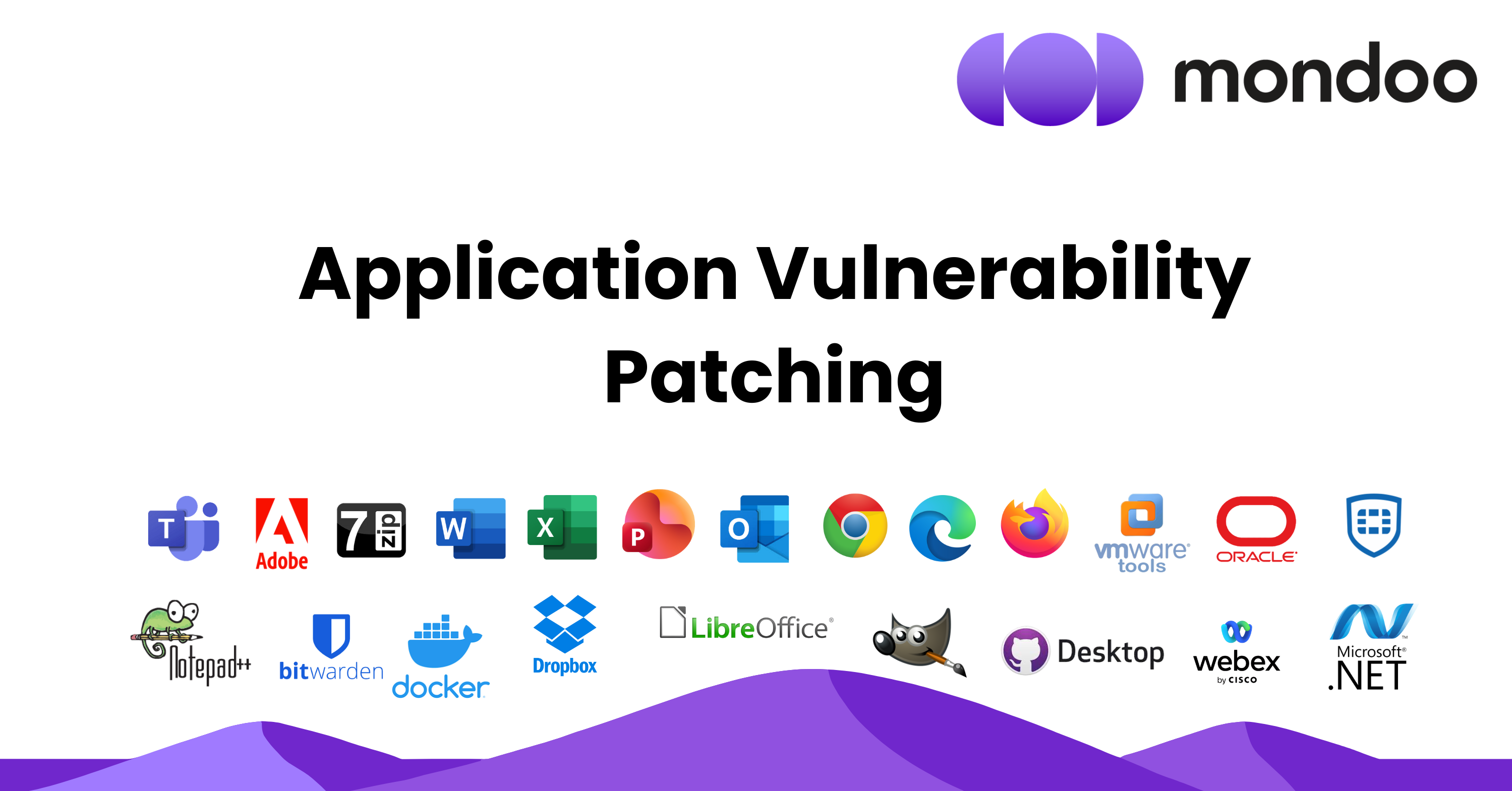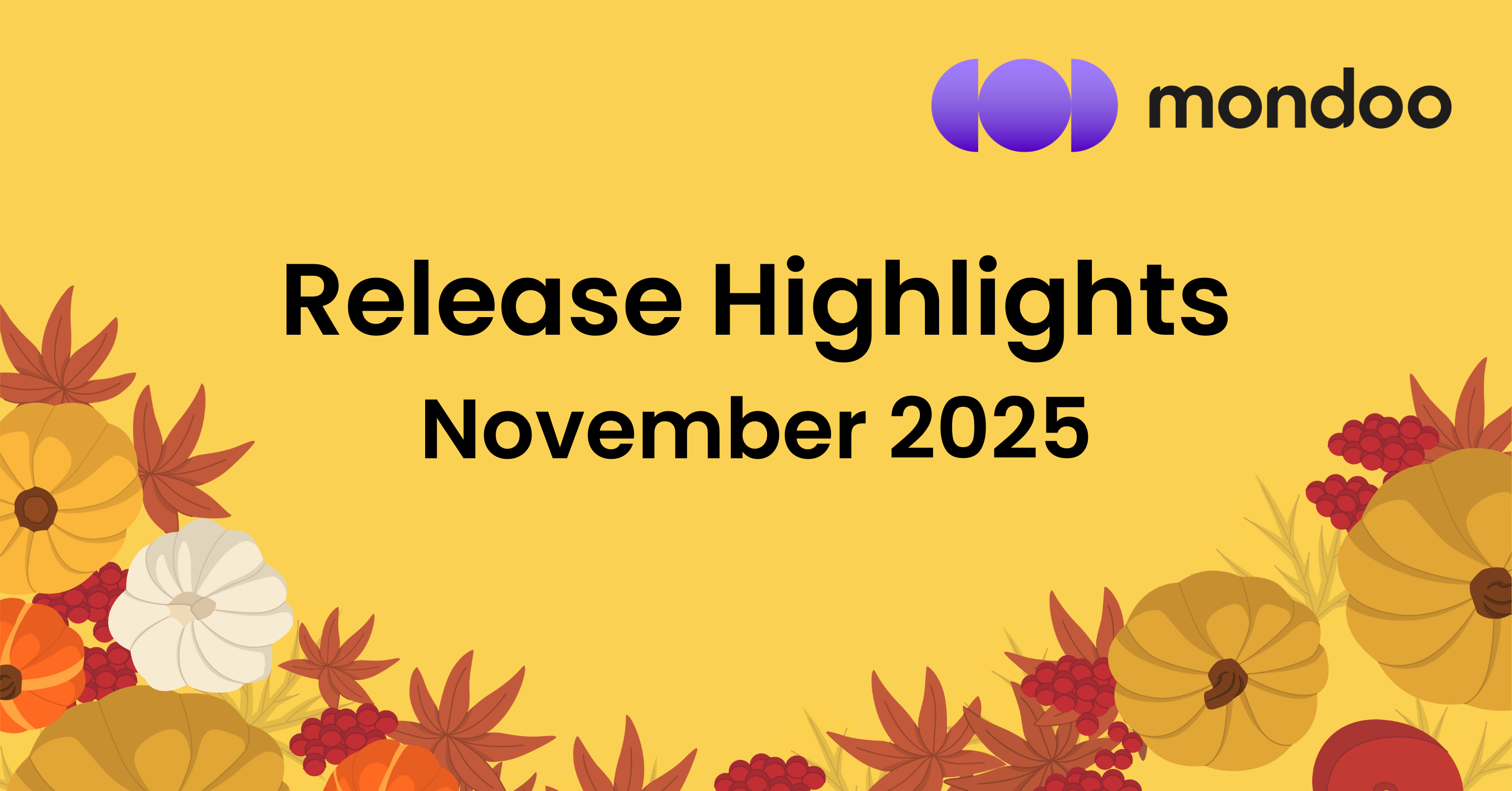
Kubernetes and Cloud Security Posture Management
As more than 50% of deployed Kubernetes clusters are running in the cloud, KSPM works best when combined with Cloud Security Posture Management (CSPM). During our conversation, we explored the Kubernetes shared security model and best practices for securing your Kubernetes workloads. We also discussed the importance of image signing, software bill of materials (SBOM), and Supply-Chain Levels for Software Artifacts (SLSA) in maintaining a strong overall security posture.
Find and fix the security risks that pose the biggest threat to your business.
Insights into Your Security Posture with cnspec
We also discussed cnspec, our open source security posture management tool. cnspec covers both KSPM and CSPM, helping users quickly gain insights into their security posture. The tool uses policy-as-code to define all the benchmarks, making it easy to use and customize.
cnspec is community-driven, meaning that users are encouraged to use the tool, ask questions, and contribute to its development and policies.
Conclusion
In conclusion, Kubernetes Security Posture Management is a critical aspect of ensuring the security of your Kubernetes cluster and workloads. Combining KSPM with Cloud Security Posture Management provides a comprehensive approach to protecting your cluster against typical attack vectors. Tools like cnspec make it easy for practitioners to quickly gain insights into their security posture and make informed decisions about their security strategy.
Full Podcast: Kubernetes Security Posture Management with Mondoo
To learn more about Kubernetes Security Posture Management and the tools and best practices that can help you secure your cluster, be sure to check out the full podcast. You can listen to the full episode on:
Don't miss this valuable opportunity to deepen your understanding of Kubernetes Security Posture Management and how you can secure your cluster. Listen or watch now!









